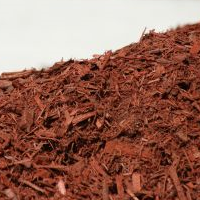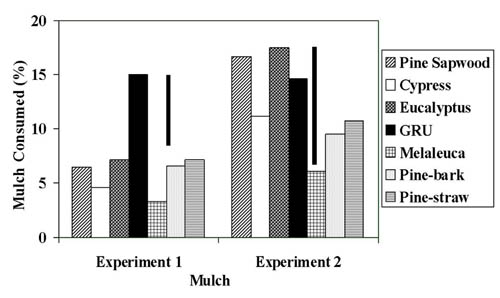 Learning a few basic lawn watering tips will go a long way helping to keep your lawn looking great all year long. Here are a few basic tips to get started for our lawn service customers in Apollo Beach, Riverview, FishHawk Ranch, FishHawk Trails and the surrounding Lithia, Florida communities:
Learning a few basic lawn watering tips will go a long way helping to keep your lawn looking great all year long. Here are a few basic tips to get started for our lawn service customers in Apollo Beach, Riverview, FishHawk Ranch, FishHawk Trails and the surrounding Lithia, Florida communities:
– Frequent light watering sets your lawn up for trouble from diseases, especially in hot, humid climates. By doing so, the water never gets a chance to travel down into the root system and at the same time, promotes surface diseases which need water to develop.
– As a general guideline, it’s usually better to water on a schedule of twice per week (in most cases) and enough to get down into the roots (1/2″ to 1″ of water per watering). Be sure to check with your lawn service fertilization management company to see what they recommend based on your location, type of grass and sun/shade exposure.
– Watering at night promotes diseases as well because the water will sit on the surface of the grass blades for an extended period of time. Watering in the heat of the afternoon may cause the water to evaporate before it gets a chance to soak in down to the roots. The ideal time for healthy lawn maintenance has been researched and found to be in the early morning hours – allowing just enough time to soak in before evaporation can occur.
– Schedule your lawn watering around the days your lawn cutting gets done. It’s best to cut grass when it’s dry, so watering the same day, a few hours prior to the lawn cutting, is not the best scenario. Set your watering to be done a day or two prior to the day when your lawn is scheduled to be cut. This will allow the blades on the lawn cutting equipment to make clean cuts in your grass.

 Spreading mulch in and around your landscaping has several benefits including: helping to keep weed growth to a minimum, moderating soil temperature by keeping out sunlight and maintaining moisture from rainfall/watering in the soil by preventing sunlight from drying it out and slowing evaporation.
Spreading mulch in and around your landscaping has several benefits including: helping to keep weed growth to a minimum, moderating soil temperature by keeping out sunlight and maintaining moisture from rainfall/watering in the soil by preventing sunlight from drying it out and slowing evaporation.

 Thank you for stopping by our website. In addition to providing quality lawn care, customer satisfaction and great communication are some of my top priorities. If you would like to request a price quote, please send us a message using our contact form and we will follow up as soon as possible.
Thank you for stopping by our website. In addition to providing quality lawn care, customer satisfaction and great communication are some of my top priorities. If you would like to request a price quote, please send us a message using our contact form and we will follow up as soon as possible.